STATEC, University of Luxembourg, LISER, population, immigration, geographical distribution, population census
Type of resources
Keywords
Contact for the resource
Provided by
Groups
Years
Representation types
Update frequencies
status
Scale
-
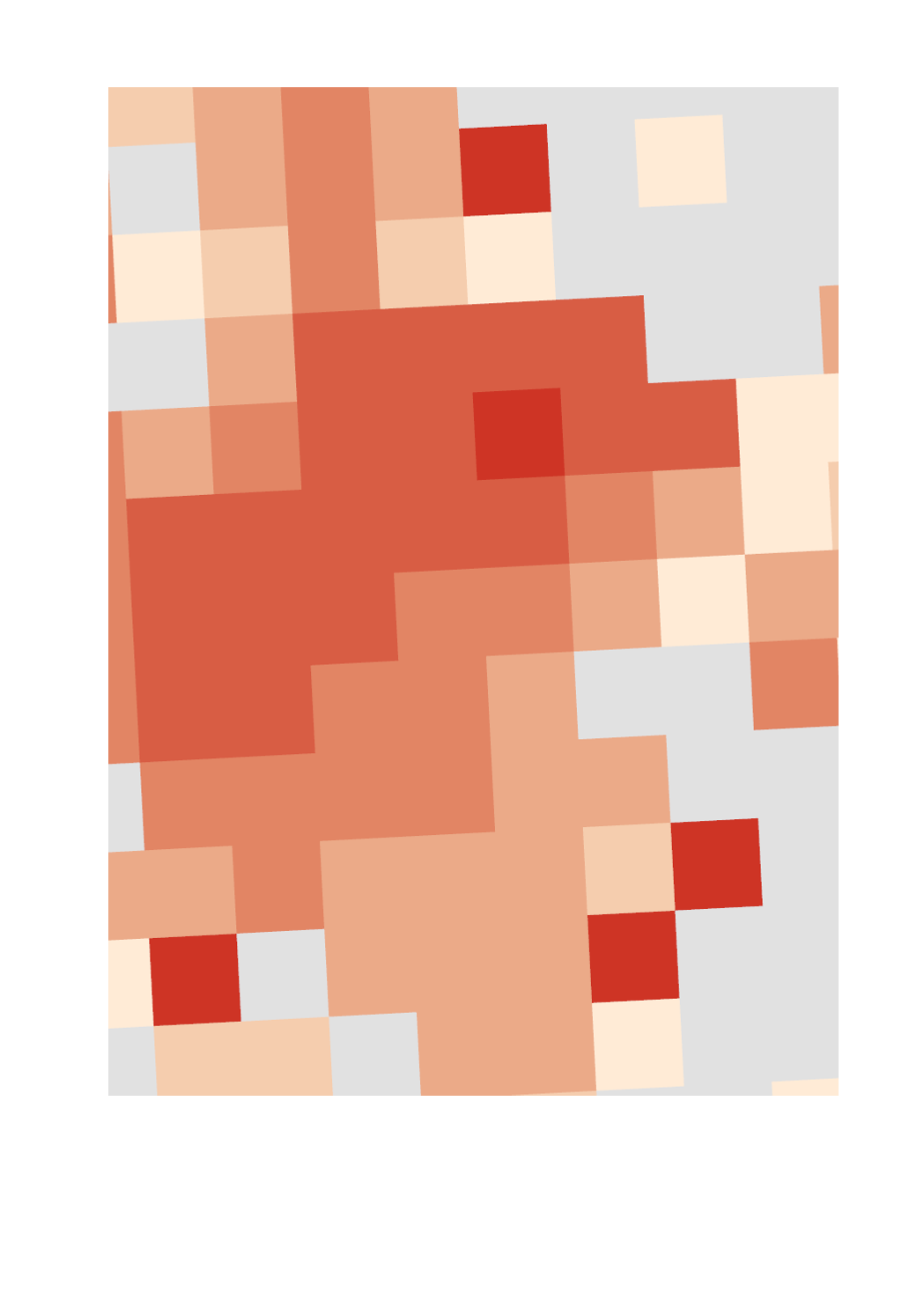
This layer shows the proportions of immigrants from the EU (excluding F, B, D) within 1 km² cells. The immigrant population is defined as all individuals born abroad, regardless of their nationality. The information comes from the population census of November 8, 2021. For more information, please consult the following publication: https://statistiques.public.lu/fr/recensement/repartition-geographique-des-immigres.html
-
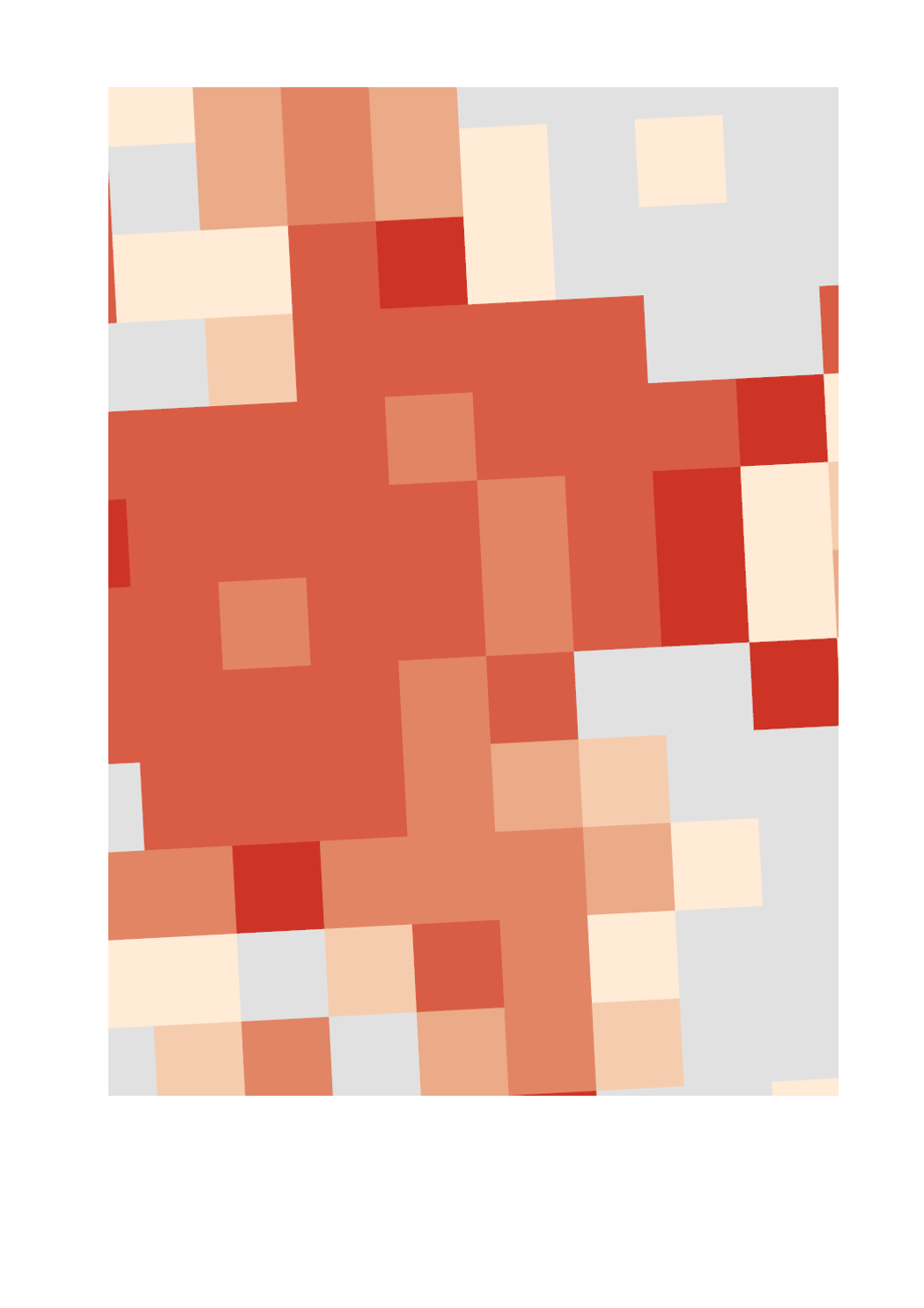
This layer shows the proportions of immigrants from the rest of the world (non-EU) within 1 km² cells. The immigrant population is defined as all individuals born abroad, regardless of their nationality. The information comes from the population census of November 8, 2021. For more information, please consult the following publication: https://statistiques.public.lu/fr/recensement/repartition-geographique-des-immigres.html
-

This layer shows the proportion of the population represented by the immigrant population in each municipality. The immigrant population is defined as all individuals born abroad, regardless of their nationality. The information comes from the population census of November 8, 2021. For more information, please consult the following publication: https://statistiques.public.lu/fr/recensement/repartition-geographique-des-immigres.html
-
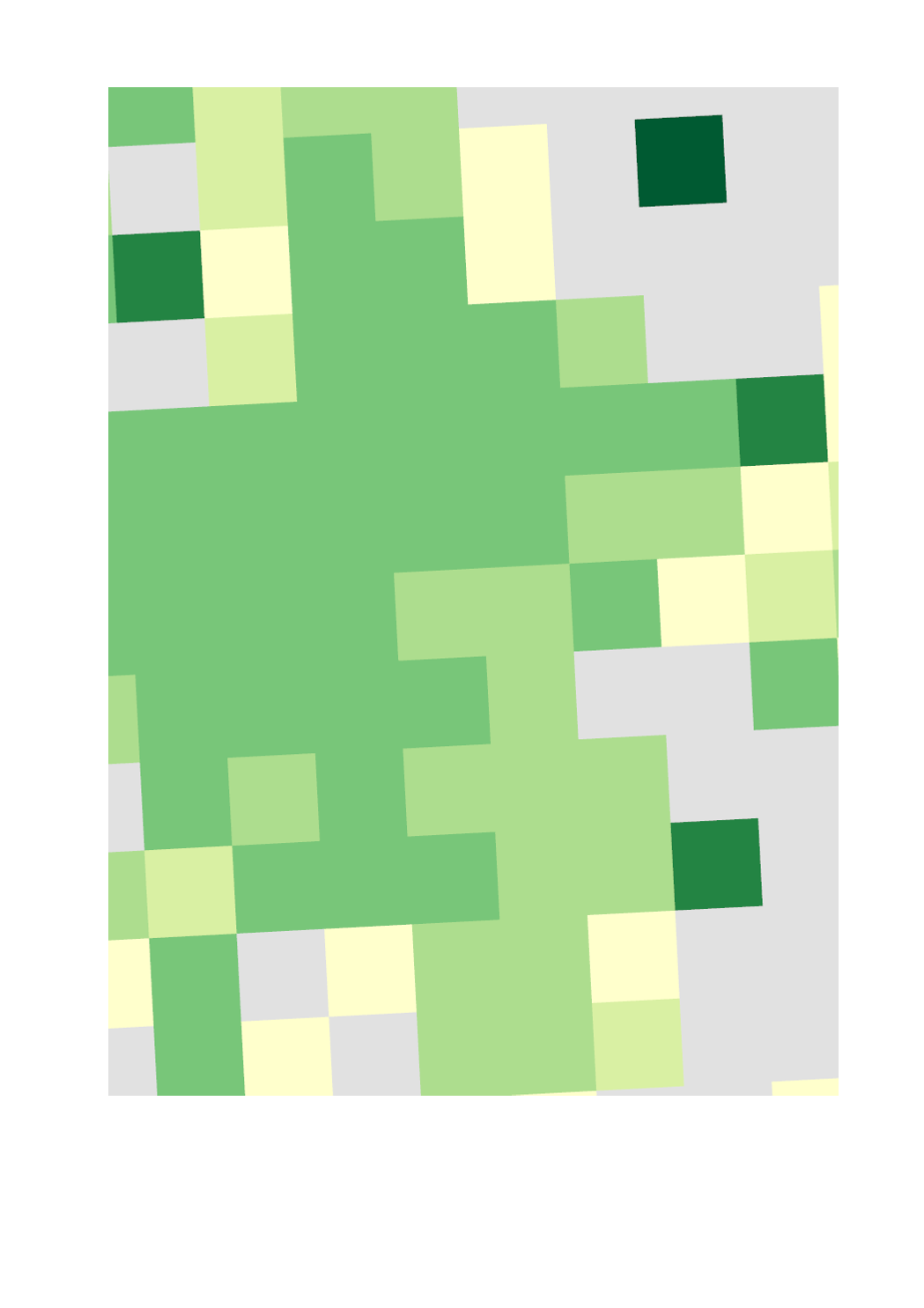
This layer shows the proportions of immigrants who arrived 5 to 10 years ago per 1 km² cell. The immigrant population is defined as all individuals born abroad, regardless of their nationality. The information comes from the population census of November 8, 2021. For more information, please consult the following publication: https://statistiques.public.lu/fr/recensement/repartition-geographique-des-immigres.html
-
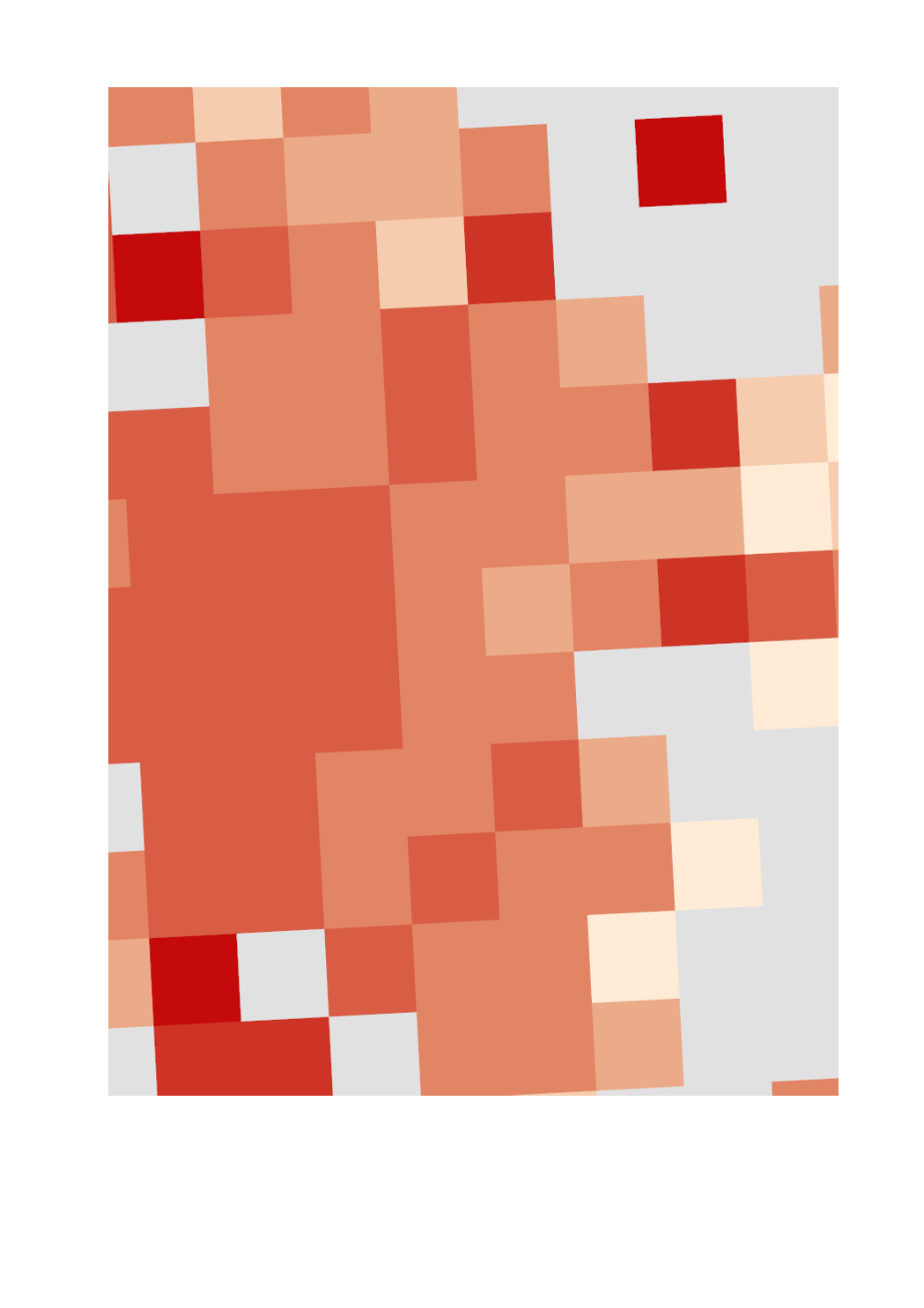
This layer shows the proportions of immigrants from border countries within 1 km² cells. The immigrant population is defined as all individuals born abroad, regardless of their nationality. The information comes from the population census of November 8, 2021. For more information, please consult the following publication: https://statistiques.public.lu/fr/recensement/repartition-geographique-des-immigres.html
-
.png)
This layer shows the proportion of the population represented by the immigrant population in each 1 km² cell. The immigrant population is defined as all individuals born abroad, regardless of their nationality. The information comes from the population census of November 8, 2021. For more information, please consult the following publication: https://statistiques.public.lu/fr/recensement/repartition-geographique-des-immigres.html
-
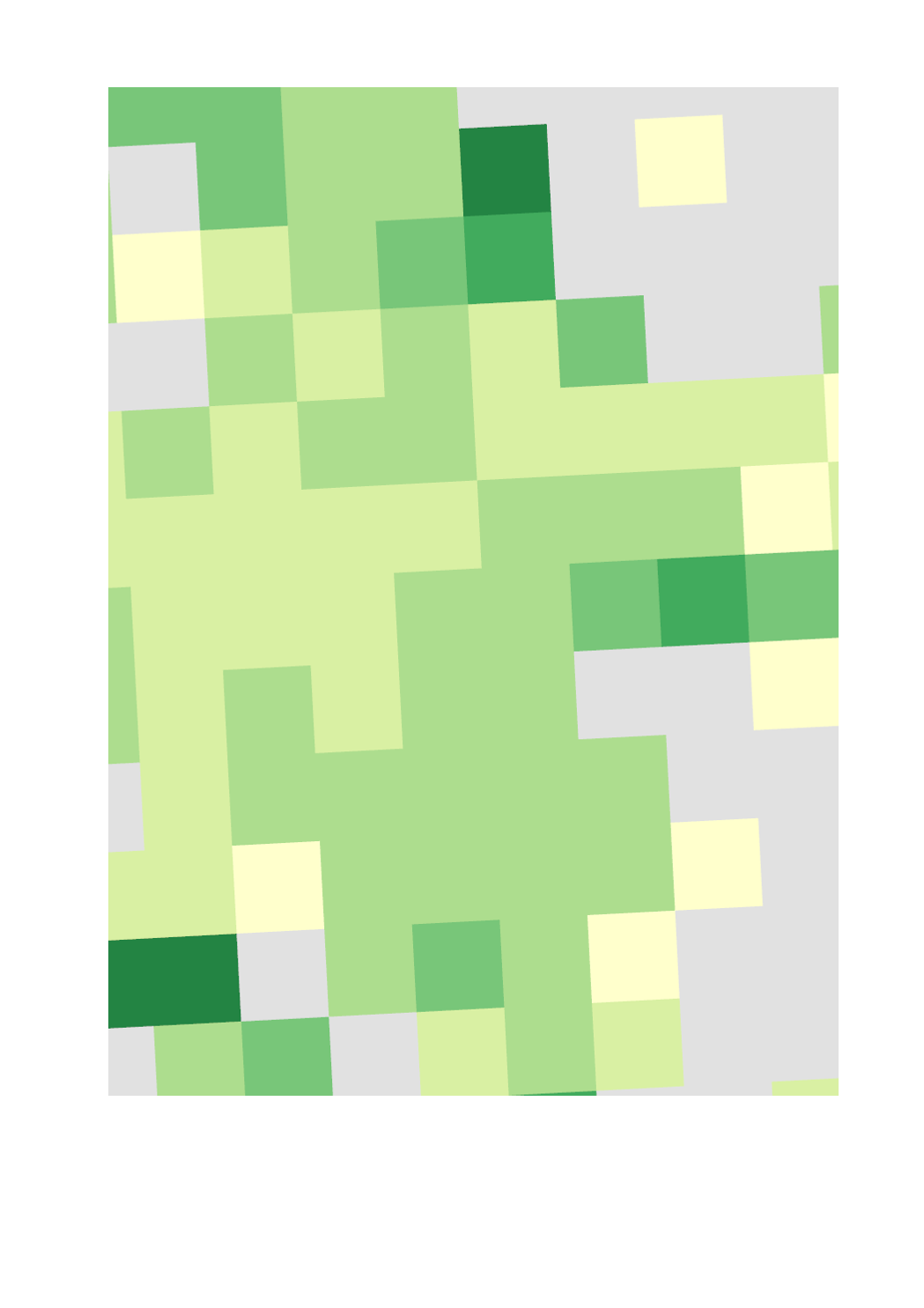
This layer shows the proportions of immigrants who arrived more than 20 years ago per 1 km² cell. The immigrant population is defined as all individuals born abroad, regardless of their nationality. The information comes from the population census of November 8, 2021. For more information, please consult the following publication: https://statistiques.public.lu/fr/recensement/repartition-geographique-des-immigres.html
-

This layer shows the proportions of immigrants who arrived 11 to 20 years ago per 1 km² cell. The immigrant population is defined as all individuals born abroad, regardless of their nationality. The information comes from the population census of November 8, 2021. For more information, please consult the following publication: https://statistiques.public.lu/fr/recensement/repartition-geographique-des-immigres.html
-

This layer shows the proportions of immigrants who arrived during the last 4 years per 1 km² cell. The immigrant population is defined as all individuals born abroad, regardless of their nationality. The information comes from the population census of November 8, 2021. For more information, please consult the following publication: https://statistiques.public.lu/fr/recensement/repartition-geographique-des-immigres.html
-
.png)
This layer shows the proportions of immigrants from Portugal within 1 km² cells. The immigrant population is defined as all individuals born abroad, regardless of their nationality. The information comes from the population census of November 8, 2021. For more information, please consult the following publication: https://statistiques.public.lu/fr/recensement/repartition-geographique-des-immigres.html
 geocatalogue.geoportail.lu
geocatalogue.geoportail.lu